Tesla Model 3: Brake Lines - Rear - RH to Sill (Remove and Replace)
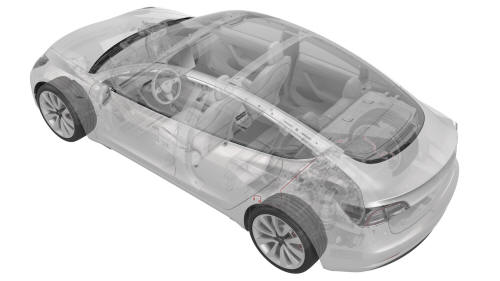
SPECIAL TOOLS
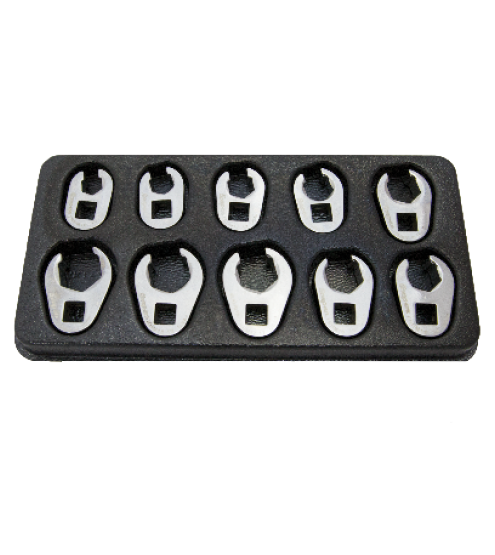
Flare nut crowfoot set (1079041-00-A)
Remove
Caution: Brake fluid dissolves paint. Have clean towels and plenty of water standing by to wash spilled brake fluid off painted surfaces.Note: Dispose of used brake fluid in a manner consistent with local environmental codes.
- Remove the rear subframe assembly. See Subframe Assembly - Rear (Remove and Install).
- Position the oil drain under the brake line junction block.
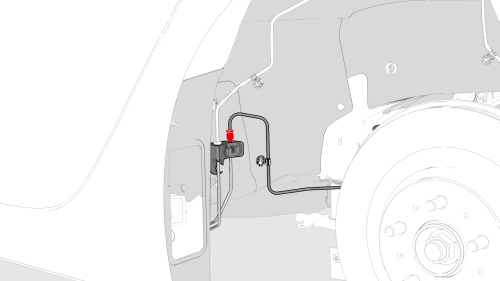
- Remove the brake line tube nut from the junction block, and allow the fluid to drain.
- Position the oil drain under the rear RH brake hose.
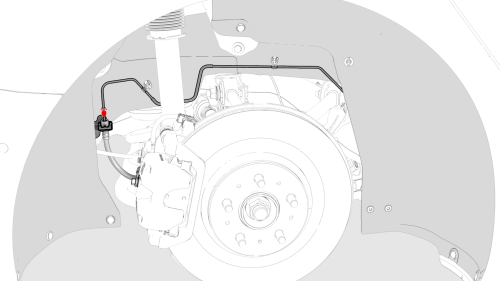
- Remove the brake line tube nut from the brake hose at the jounce hose bracket, and allow the fluid to drain.
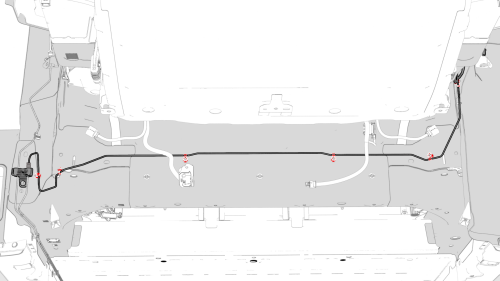

- Release the clips that attach the brake line
to the body, and then remove the brake line from the
vehicle.
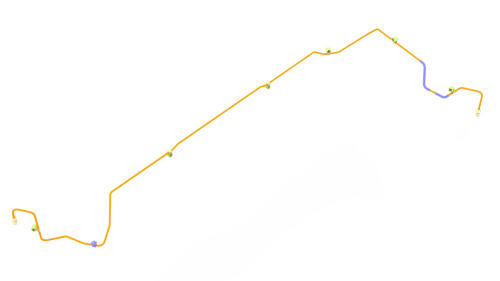
Install


- Install the brake line to the body, and then fasten the clips that attach the brake line to the body.

- Insert the brake line into the brake hose at the
jounce hose bracket, and then use a crowfoot extension
to install the brake line tube nut into the brake hose.
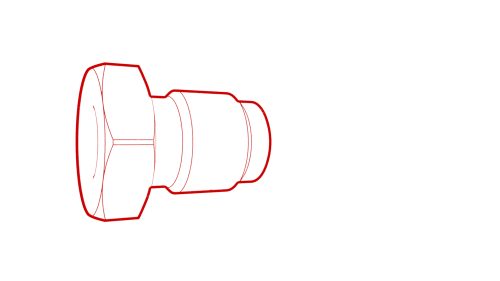 Torque 16 Nm
Torque 16 Nm

- Insert the brake line into the junction block, and
then use a crowfoot extension to install the brake line
tube nut into the junction block.
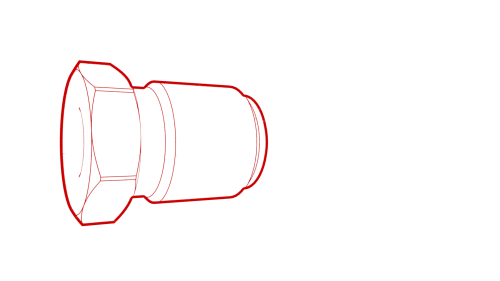 Torque 16 Nm
Torque 16 Nm
- Install the rear subframe assembly. See Subframe Assembly - Rear (Remove and Install).
- Bleed the brake line for the rear RH caliper. See Brake Fluid Bleed - One Caliper.

